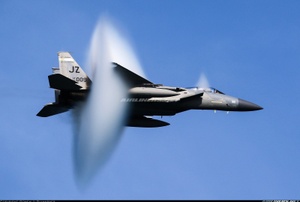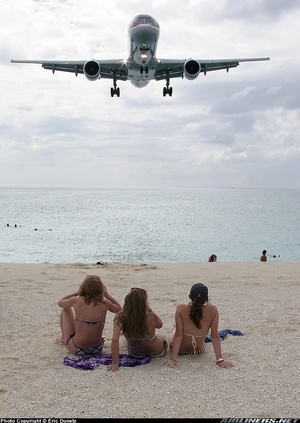Piper PA-38 Tomahawk
Details
Country of Origin
United States of America
Type
Two seat light aircraft and basic trainer
History
The PA-38 Tomahawk (nicknamed Tommy for short) was the first all new two seat trainer built by one of the USA's big three GA manufacturers in almost three decades when it was introduced.
The PA-38-112 Tomahawk was designed as a relatively inexpensive to acquire and operate two seat trainer to tackle the firmly established definitive basic trainer in the 1970s, the Cessna 150 and 152, and to take over the spot in Piper's model range then occupied by two seat variants of the PA-28 Cherokee series.
Design input for the Tomahawk came from a questionnaire Piper distributed randomly to 10,000 flight instructors during the mid 1970s. With their responses in mind (ideal characteristics included night lighting, dual toe brakes, a fuel selector accessible to both student and instructor, low noise levels, position lights and the ability to spin), Piper developed the PA-38. The resulting aircraft featured a T-tail and NASA Whitcomb GA(W)-1 design low set wing of constant chord and thickness (also featured on the competing but less succesful Beech Skipper), a cabin wider than the Cherokee's (and thus much wider than the Cessna 150/152's) with 360° vision and a Lycoming O-235 powerplant. Many parts, such as the main undercarriage wheels and elevators, were interchangeable.
Piper announced the development of the Tomahawk during late 1977 and first deliveries were made in early 1978. Despite an initial mixed reaction to the new trainer from the flying public, the Tomahawk was an instant sales success with over 1000 built in the first year of production alone. In service the Tomahawk proved to be economical to operate, but the aircraft was dogged by quality control problems (some 19 Airworthiness Directives were issued by the FAA in the PA-38's first four years) and unpredictable stalling characteristics, resulting in a number of stall/spin accidents.
Flow strips were added to the wing on late production Tomahawks Is in September 1978 to improve the much criticised stall characteristics, while a number of other problems, including the poor quality control, were addressed in the improved Tomahawk II, which was introduced for the 1981 model year. Enhancements included improved sound proofing, windscreen defrosting, door latching and nose wheel design.
Piper ceased production of the Tomahawk during 1983.
Powerplants
One 85kW (112hp) Avco Lycoming O-235-L2A or L2C flat four piston engine driving a two blade fixed pitch Sensenich propeller.
Performance
Max speed 202km/h (109kt), max cruising speed 200km/h (108kt), normal cruising speed 185km/h (100kt). Initial rate of climb 718ft/min. Service ceiling 13,000ft. Max range with reserves 867km (468nm).
Weights
Empty 512kg (1128lb), max takeoff 757kg (1670lb).
Dimensions
Wing span 10.36m (34ft 0in), length 7.04m (23ft 1in), height 2.77m (9ft 1in). Wing area 11.6m2 (124.7sq ft).
Capacity
Seating for two side by side.
Production
2497 Tomahawks were built between 1978 and 1983.
Related Links
Piper PA-38 Tomahawk
The backbone of this section is from the The
International Directory of Civil Aircraft by Gerard Frawley
and used with permission. To get your own copy of the book
click here.


















